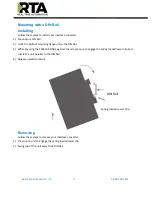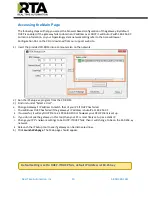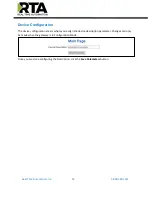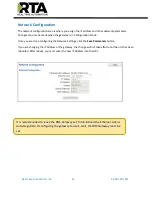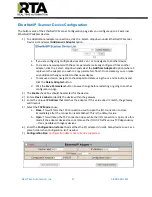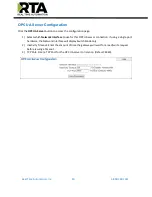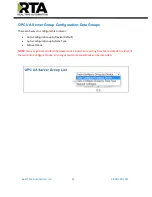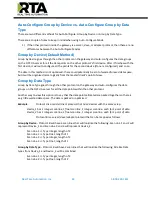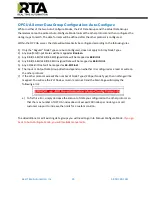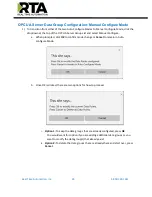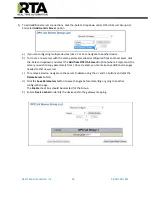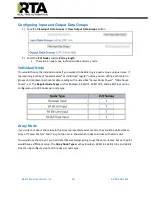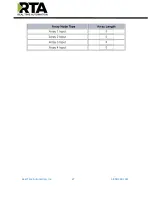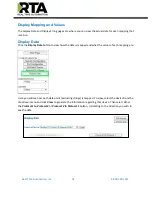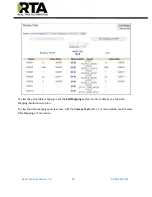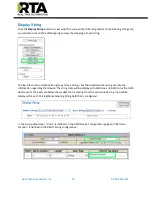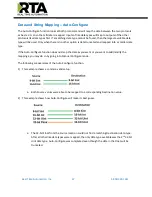
Real Time Automation, Inc.
22
1-800-249-1612
Auto-Configure Group by Device vs. Auto-Configure Group by Data
Type
There are two different methods for Auto-Configure: Group by Device or Group by Data Type.
There are a couple of rules to keep in mind when using Auto-Configure Mode:
1)
If the other protocol inside the gateway is a server, slave, or adapter protocol, then there are no
differences between the Auto-Configure Modes.
Group by Device (Default Method)
Group by Device goes through the other protocol on the gateway and auto-configures the data groups
on the OPC UA server for all the data points on the other protocol’s first device. After it finishes with the
first device, it will auto-configure all the points for the second device (if one is configured), and so on.
The data in this method is not optimized- there could potentially be a lot of wasted/unused data space,
but it will be organized more logically from the master/client’s point of view.
Group by Data Type
Group by Data Type goes through the other protocol on the gateway and auto-configures the data
groups on the OPC UA server for all the data points within the other protocol.
Another way to view this option is to say that the data points allocated are packed together so there is
very little wasted data space. The data is packed or optimized.
Example
:
Protocol A is a master/client protocol that has 2 devices with the same setup:
Device_1 has 1 integer scan line, 1 float scan line, 1 integer scan line- each for 1 point of data
Device_2 has 1 integer scan line, 1 float scan line, 1 integer scan line- each for 1 point of data
Protocol B is a server/slave/adapter protocol that can be mapped as follows:
Group by Device -
Protocol B will have 4 scan lines that will look like the following: Scan Line 1 and 2 will
represent Device_1 and Scan Line 3 and 4 will represent Device_2.
Scan Line 1 => Type Integer, length of 2
Scan Line 2 => Type Float, length of 1
Scan Line 3 => Type Integer, length of 2
Scan Line 4 => Type Float, length of 1
Group by Data Type -
Protocol B will have 2 scan lines that will look like the following: All alike Data
types from Device_1 and Device_2 will be combined.
Scan Line 1 => Type Integer, length of 4
Scan Line 2 => Type Float, length of 2


